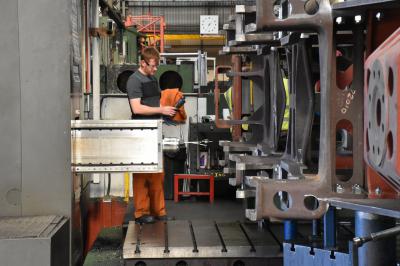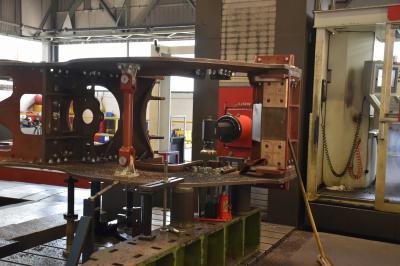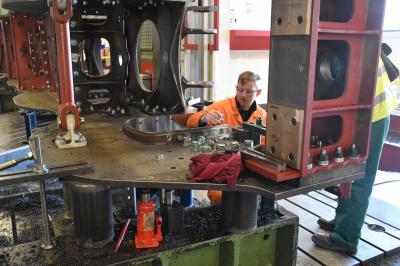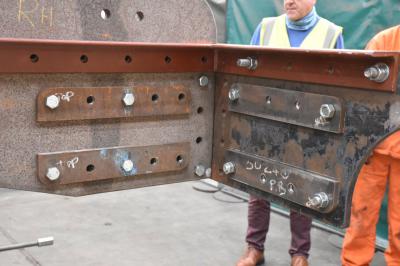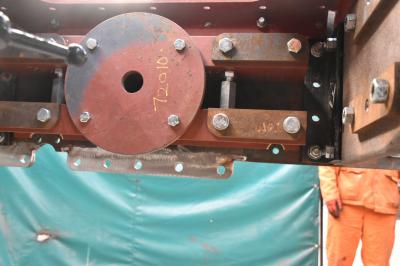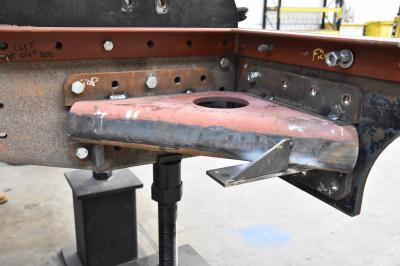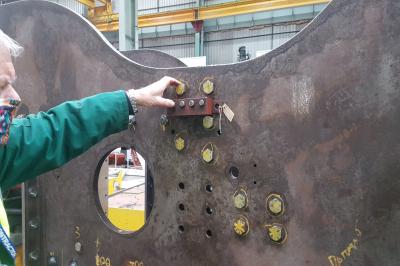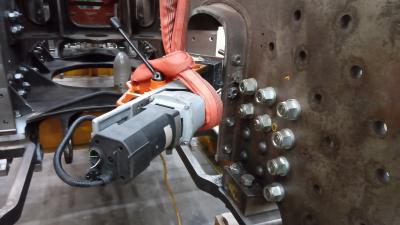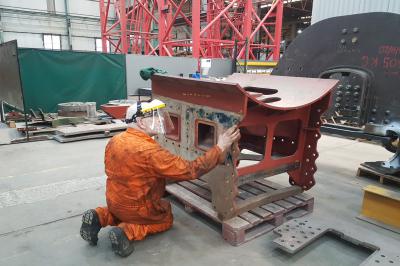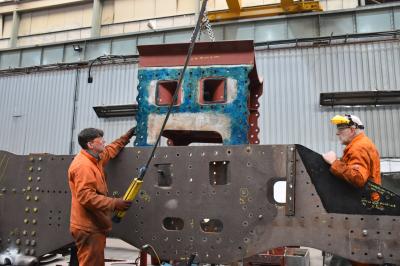Frame Assembly Phase 1
| First | Previous | Back to Index | Next | Last | |||||
| 82 records found. Page 4 of 9 displayed. | |||||||||
For most of the photos on this page, you can click the image for a larger picture.
| First | Previous | Back to Index | Next | Last | |||||
| 82 records found. Page 4 of 9 displayed. | |||||||||


